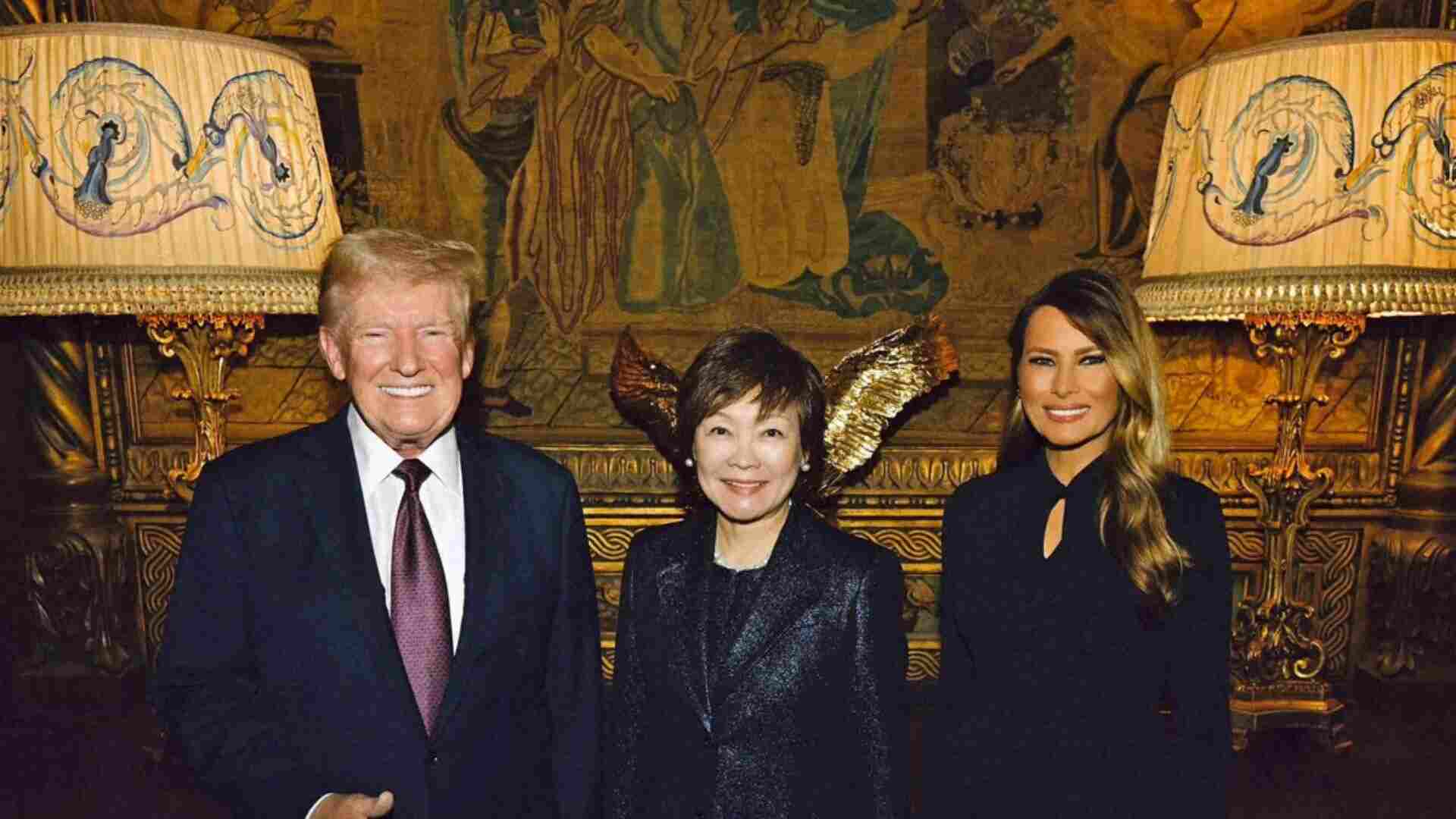History, derived from “Iti,” “Ha,” and “As,” signifies “It certainly happened.” The subject of history involves the documented portrayal of humanity’s past. We possess the world’s most extensive literature, which forms our cultural heritage. As Kashmiri writer Kalhan also noted, the truly praiseworthy poet-historian is one who, rising above bias, employs language solely for the purpose of truth. The ancient Indians were aware of history and had a keen interest in it, viewing it within a broad context.
P.L. Gautam from Kota has undertaken the exemplary task of writing about our cultural heritage’s historical material, blending new explorations and modern research-based facts. This makes it useful for civil service and state service exams’ general studies, as well as for university students and discerning readers, addressing their curiosity and helping to enhance their general knowledge. It provides interesting information about art, literature, cultural heritage, civilization, and rulers, incorporating aspects related to traditional politics, society, economy, art, and religion. It also includes the gradual development of language, the Bhakti movement in the South, the development of science and technology, Indian philosophy and traditions, and the early form of the art of coin minting. The authenticity of these new explorations and modern research-based facts is maintained, making this book an encyclopedic work on ancient Indian history, thereby naturally increasing its credibility.
In writing this book, the author has utilized primary texts such as the Vedas, Upanishads, Jain-Buddhist scriptures, and the Arthashastra.
The accounts of the Chinese traveler Hiuen Tsang, who visited India in the 7th century, reflect that the ancient Indians were conscious of and interested in history. For the study of ancient India, archaeology is of utmost importance, with archaeological sources considered more reliable. The material obtained from the discovery and excavation of archaeological sites can be categorized into relics, inscriptions, seals, and monuments. Ancient literary material, in its broadest definition, sheds ample light on the subject of history, with the Vedas being the most significant part of this literary treasure. The Vedas serve as both religious and poetic literature. For the correct pronunciation of Vedic verses, the Shiksha Shastra was created, which provides guidelines and regulations, known as Kalpasutra. The Upanishads, also from this period, are the primary source of Aryan philosophical ideas, addressing questions like who created the universe, what is the soul, what happens after death, and what is the nature of God. Their purpose is to establish the concept of one Brahman instead of polytheism. During this period, legal literature or Smriti texts were also composed, with the most important being the five Smritis: Manu, Yajnavalkya, Narada, Brihaspati, and Katyayana, with Manu being the oldest. It is said that no other text has written as extensively on social and religious conditions as the Smritis. Among the great epics, Valmiki’s Ramayana and Vedavyasa’s Mahabharata existed by the end of the 2nd century BCE, with the Mahabharata being dated to around 400 BCE. The Bhagavad Gita is a part of the Mahabharata. There are 18 Puranas, with subjects ranging from history, religion, narratives, and science. This is followed by a discussion on Buddhism and Jainism.
The earliest Buddhist texts are in Pali, with later ones in Sanskrit, mixed Sanskrit, Tibetan, and Chinese. Buddhist literature primarily consists of the Tripitakas: Sutta Pitaka, Vinaya Pitaka, and Abhidhamma Pitaka. Due to the spread of Buddhism in China, many Chinese travelers came to India, and some of them documented their travels. Jain literature is known as Agama or Siddhanta, and the Jain texts provide the most insight into the history of the rise of the Magadha Empire. Among foreign writers, Tibetan author Taranath’s works also shed light on Indian history, with his contributions to the history of the Shaka and Kushana periods being significant. Arab and Central Asian writers are an important source of information on early medieval India, with Arab writers beginning to write about India following Muhammad bin Qasim’s invasion. In this series, Al-Biruni, who discussed the conditions in post-Harsha India, remains memorable. His book, “Tahqiq-i-Hind,” is a critical account of Indian society and beliefs, which was widely used by later historians. Al-Biruni’s interest in Indian philosophy, art, and literature is noteworthy. Other Arab writers include Suleiman, Al-Masudi, Al-Biladhuri, Hasan Nizam, Firishta, and Abuzayd. Information about Sindh province’s history can be found in Amir Muhammad Masum’s “Tarikh-i-Hind,” and Sheikh Abdul Hasan’s works provide insights into Muhammad Ghori’s invasions. They described Indian society and culture. Minhaj-i-Siraj’s “Tabaqat-i-Nasiri” details Ghori’s victories. Venetian traveler Marco Polo visited Pandya country, providing insights into South Indian society and Pandya history. The abundant literary material clearly indicates that Indians were historically conscious. The literary journey from Vedic literature to Rajatarangini illustrates the developmental process of India’s history. During the Mauryan period, archives began to be established. According to Kautilya, these state archives recorded important events and legal transactions. This practice continued to develop during the Ashoka and Gupta empires.
Thus, with the help of archaeological evidence, we can understand ancient Indian history in a rational manner, demonstrating that ancient Indian history was culturally richer. The abundant multi-dimensional heritage shows that India established many significant benchmarks of progress during that period. The journey of temple establishment and sculpture development continues. Considering India’s vastness, it can be said that diversity is necessarily present not only naturally but also culturally. India is not only vast in size but has also been a leader in civilization’s development. The Indus-Saraswati civilization marked a new chapter in India’s development.
In this book, author P.L. Gautam states that India has always been a vast and prosperous country. Stretching 3,214 kilometers from Kashmir in the north to Kanyakumari in the south, and 2,933 kilometers from Gujarat in the west to Arunachal Pradesh in the east, India spans between 8 degrees to 37 degrees north latitude and 68 degrees to 97 degrees east longitude. The Tropic of Cancer (23.5 degrees) almost passes through its center. The coastal line connecting the Bay of Bengal to the Arabian Sea is 6,100 kilometers long. On the other hand, the landline stretching from Burma (now Myanmar) in the southwest to Gujarat in the northwest is 15,200 kilometers long. Covering an area of approximately 3,287,782 square kilometers, India holds 2.4% of the world’s land area. The Himalayas and the world’s highest mountain range, Everest, are in our country. Everest was named in 1856 after the first Surveyor General of India, George Everest. This mountain range played a guardian’s role, protecting the country from invasions from the north. Mount Kailash (Tibet), near Mansarovar in the Himalayas, also known as Hemkoot, is considered the abode of Lord Shiva in the Puranas. Poet Kalidas has described the beauty of Mount Kailash. The area around Kailash and Mansarovar is referred to as Gandharva or Hataka.
Vishnu Purana mentions seven Moksha-giving cities: Mathura, Ayodhya, Maya (Haridwar), Kashi (Varanasi), Kanchi, Avanti (Ujjain), and Dwarka. Adi Guru Shankaracharya established four Peeths in the four corners of the country: Badrikashram-Jyotirmath, Sringeri-Sringerimath, Puri-Govardhanmath, and Dwarikapuri-Shardamath. Hindus consider it essential to visit these Peeths as part of their religious duties. Shankaracharya’s intent was likely to increase people’s awareness of their country and foster emotional and cultural ties through mutual contact. Greek writer Strabo was familiar with India’s vast geographical structure. The cultures of Egypt, Sumeria, Babylon, Greece, and Rome are now only stories of the past, but the culture that emerged in India about 5,000 years ago still exists.
Despite the passage of centuries, the flow of Indian culture has not been interrupted, which is its unique feature. John Marshall mentioned that every village in India has a shrine for the goddess, known as Mataji. The worship and prayers of Indra, Surya, Chandra, and Vishnu mentioned in the Rigveda are still practiced today. Finally, in the words of sociologist R.C. Majumdar, we can say that India’s unity is not a modern phenomenon. India has been recognized as a great nation for thousands of years, and its descendants have always been recognized as Indian, which the entire world acknowledges.







